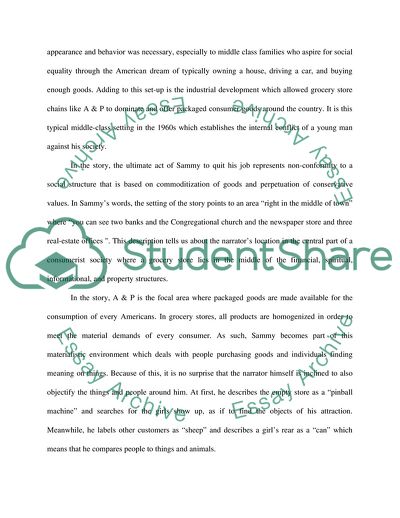Cite this document
(The Narrators Location in the Central Part of a Consumerist Society Research Paper Example | Topics and Well Written Essays - 1500 words - 1, n.d.)
The Narrators Location in the Central Part of a Consumerist Society Research Paper Example | Topics and Well Written Essays - 1500 words - 1. https://studentshare.org/sociology/1757925-literary-analysis-of-short-story
The Narrators Location in the Central Part of a Consumerist Society Research Paper Example | Topics and Well Written Essays - 1500 words - 1. https://studentshare.org/sociology/1757925-literary-analysis-of-short-story
(The Narrators Location in the Central Part of a Consumerist Society Research Paper Example | Topics and Well Written Essays - 1500 Words - 1)
The Narrators Location in the Central Part of a Consumerist Society Research Paper Example | Topics and Well Written Essays - 1500 Words - 1. https://studentshare.org/sociology/1757925-literary-analysis-of-short-story.
The Narrators Location in the Central Part of a Consumerist Society Research Paper Example | Topics and Well Written Essays - 1500 Words - 1. https://studentshare.org/sociology/1757925-literary-analysis-of-short-story.
“The Narrators Location in the Central Part of a Consumerist Society Research Paper Example | Topics and Well Written Essays - 1500 Words - 1”. https://studentshare.org/sociology/1757925-literary-analysis-of-short-story.


